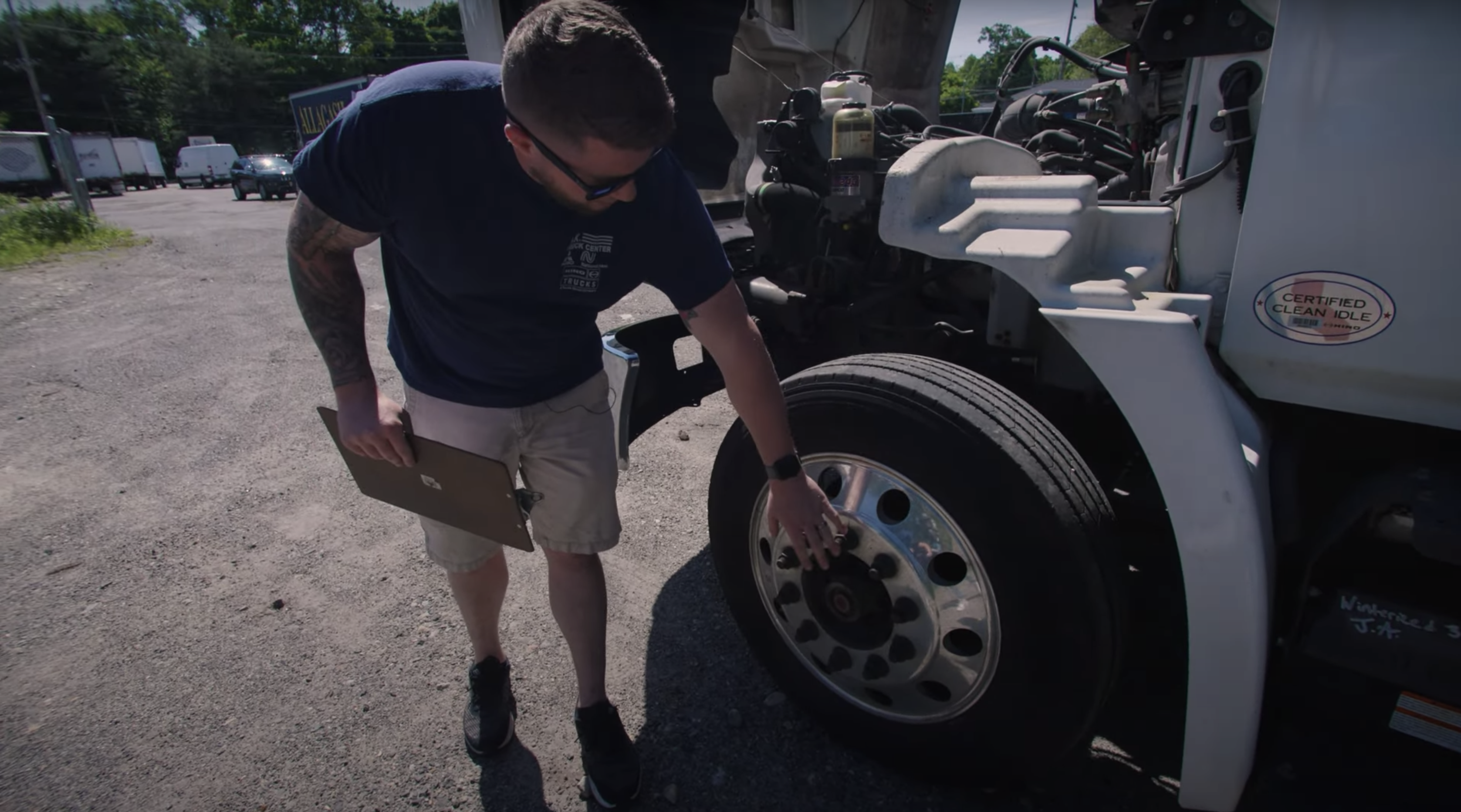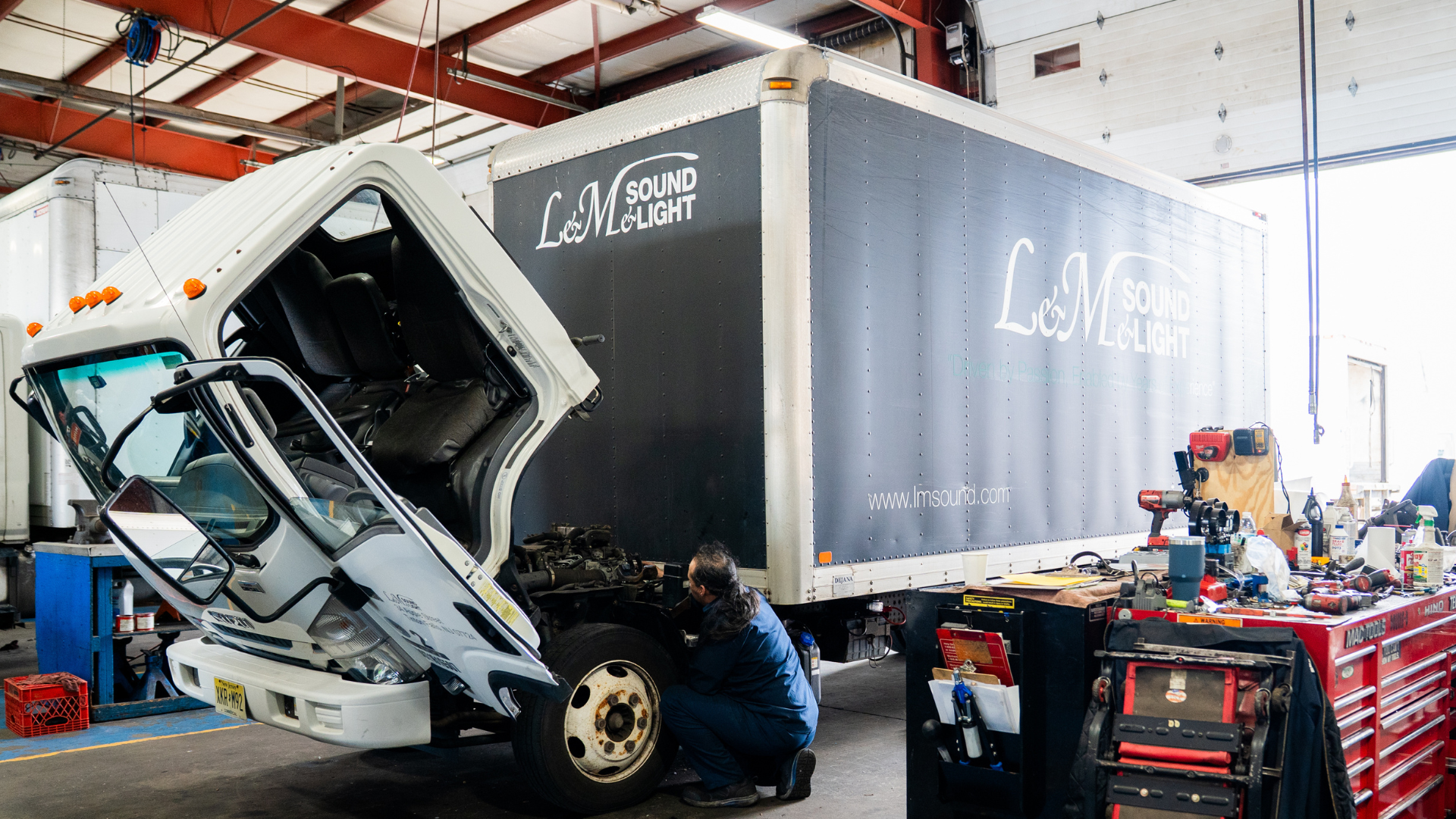
The Ultimate Guide to Performing a Pre-Trip Inspection on Your Medium Duty Truck
As a commercial driver, performing a thorough pre-trip inspection on your medium duty truck is an essential part of your daily routine. This inspection not only ensures the safety of your vehicle, but also protects you, your cargo, and other drivers on the road. In this comprehensive guide, we’ll walk you through the key steps to conducting a comprehensive pre-trip inspection, covering everything from checking lights and tires to inspecting fluid levels and suspension components.
Why Pre-Trip Inspections Matter
Pre-trip inspections are more than just a formality – they play a crucial role in maintaining the roadworthiness and safety of your medium duty truck. By taking the time to thoroughly inspect your vehicle before each trip, you can identify and address any potential issues before they become larger problems. This not only helps prevent breakdowns and accidents, but also ensures compliance with federal regulations and keeps your vehicle running at its best.
The Pre-Trip Inspection Checklist
To ensure you cover all the bases, it’s important to follow a comprehensive pre-trip inspection checklist. Here’s a step-by-step guide to conducting a thorough pre-trip inspection on your medium duty truck:
Lights and Reflectors
- Check that all headlights, taillights, brake lights, turn signals, and marker lights are functioning properly.
- Ensure that all reflectors are clean and unobstructed.
- Verify that the license plate light is working.
Tires and Wheels
- Inspect the tires for proper inflation, tread depth, and any signs of damage or wear.
- Check the tire pressure, including the spare, and adjust as needed.
- Examine the wheel rims for cracks, dents, or other damage.
- Ensure that all lug nuts are properly tightened and that there are no missing or damaged studs.
- Look for any signs of fluid leaks from the wheel hubs.
Fluids and Filters
- Check the engine oil level and top up if necessary.
- Inspect the power steering fluid level and look for any leaks.
- Verify that the coolant level is adequate and that the coolant hoses are in good condition.
- Check the transmission fluid level and look for any signs of leaks.
- Ensure that the fuel filter is not clogged or overfull.
Steering and Suspension
- Inspect the steering components, including the steering shaft, steering box, pitman arm, and tie rod ends, for any signs of wear or damage.
- Check the suspension system, including the shocks, springs, and air bags, for proper operation and any signs of leaks or damage.
- Ensure that the U-bolts and other suspension components are properly secured.
Brakes and Air System
- Check the air pressure in the brake system and listen for any air leaks.
- Inspect the brake chambers, slack adjusters, and brake shoes for proper operation and any signs of wear or damage.
- Verify that the parking brake is functioning correctly.
Body and Cargo
- Ensure that all body panels and components are securely fastened and free of damage.
- Check that the cargo is properly secured and that the load is within the vehicle’s weight limits.
- Inspect the grab handles and steps to ensure they are in good condition and provide safe access to the vehicle.
Tips for a Thorough Pre-Trip Inspection
To ensure that your pre-trip inspection is as effective as possible, consider the following tips:
Use a Checklist
Having a comprehensive pre-trip inspection checklist can help you stay organized and ensure that you don’t miss any critical components. Many fleet management software solutions, such as JJ Keller, offer pre-built checklists that you can use as a starting point.
Take Your Time
Rushing through the pre-trip inspection can lead to missed issues or incomplete checks. Allow yourself enough time to thoroughly inspect each component and make any necessary adjustments or repairs before hitting the road.
Use a Systematic Approach
Develop a consistent routine for conducting your pre-trip inspection, starting at the front of the vehicle and working your way around in a logical order. This will help ensure that you don’t overlook any critical areas.
Enlist a Second Set of Eyes
If possible, have a co-worker or supervisor assist you with the pre-trip inspection. Having an extra set of eyes can help identify issues that you may have missed and provide an additional layer of safety and accountability.
Document Your Findings
Keep a detailed record of your pre-trip inspection, noting any issues or concerns that you identified and the actions you took to address them. This documentation can be valuable in the event of an accident or inspection, and can also help you track maintenance trends over time.
Common Pre-Trip Inspection Pitfalls to Avoid
While conducting a thorough pre-trip inspection is essential, there are a few common pitfalls that you’ll want to avoid:
Skipping or Rushing Through the Inspection
As mentioned earlier, rushing through the pre-trip inspection can lead to missed issues and potential safety hazards. Take the time to carefully inspect each component and don’t be tempted to skip any steps, no matter how pressed for time you may be.
Relying on Memory Instead of a Checklist
Trying to rely on your memory to remember all the steps in a pre-trip inspection is a recipe for disaster. Using a comprehensive checklist will help ensure that you don’t overlook any critical components.
Failing to Address Identified Issues
If you identify any issues or concerns during your pre-trip inspection, it’s essential that you address them before hitting the road. Ignoring problems can lead to breakdowns, accidents, and potential legal and financial consequences.
Neglecting Regular Maintenance
While the pre-trip inspection is crucial, it’s also important to maintain a regular maintenance schedule for your medium duty truck. Neglecting routine maintenance can lead to more serious issues down the road and make it more difficult to identify problems during the pre-trip inspection.
Performing a thorough pre-trip inspection on your medium duty truck is a critical part of being a responsible and safe commercial driver. By following a comprehensive checklist, taking your time, and addressing any identified issues, you can help ensure the roadworthiness and safety of your vehicle, protect yourself and others on the road, and maintain compliance with federal regulations.
Remember, the team at HK Truck Center is always here to help if you have any questions or need assistance with your medium duty truck maintenance and repair needs. Visit us online or give us a call to learn more about our services and how we can help keep your business moving forward.




